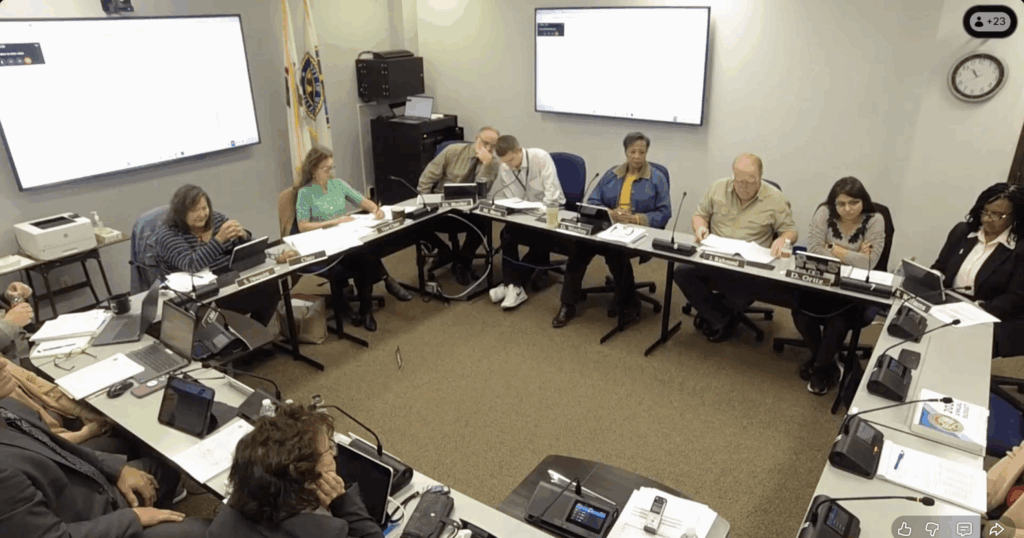
Pacific region sees higher inflation than national average
Inflation in the Pacific region was higher than the national average in July due to larger annual gains, according to a report from Common Sense Institute Oregon.
The region consists of California, Washington, Oregon, Alaska and Hawaii.
Inflation in the Pacific region increased 3.27% year-over-year from July 2024 to July 2025, surpassing the national average increase of 2.7%. The region’s year-over-year core inflation was also higher with a 3.32% increase, compared to a 3.17% increase in national average.
The inflation rate in the Pacific region is being caused by larger annual gains in medical care, services, housing, transportation and food, according to the report.
The region saw larger annual gains than the national average in every sector except housing in July, contributing to its higher inflation rate, according to the report.
Here are areas the Pacific region saw above-average growth in prices:
• Medical care: 4.64% (Pacific region) vs. 3.46% (national average).
• Services: 4.09% vs. 3.97%.
• Food: 3.65% vs. 2.87%.
• Transportation: 2.91% vs. 1.81%.
The Pacific region had an 3.67% increase in housing costs; whereas the national average was a 4.09% increase.
Apparel prices declined by 0.3% in the Pacific region with no change in prices reported for the national average.
Mark McMullen, vice president of policy and research at Common Sense Institute Oregon and one of the experts working on the report, told The Center Square Tuesday there have been quite a few factors that have led to faster price growth in the Pacific region than in the typical large metropolitan area.
McMullen mentioned housing as an example.
“Housing over the past couple of years has, for once in the Pacific region, slowed to match closer to what we see in the U.S. as a whole,” McMullen said. “Just given the demand for housing in the region, and the supply constraints in terms of less building activity than we have seen elsewhere in the country, traditionally the housing costs have gone up faster in the West than other places.”
McMullen acknowledged data from recent months shows housing in the West is looking similar to housing nationally. However, he pointed out the cause for increased housing costs in the West differs from the national trend. He said the reasons include the lack of new housing, combined with demand.
McMullen added demand for medical care and services in the West have also contributed to the increase in prices.
Since 2020, the average Pacific region household is paying nearly $46,339 more due to higher prices.
Currently the average household in the region pays:
• $7,146 more on food since 2020.
• $11,380 more on housing since 2020.
• $13,801 more on transportation since 2020.
• $2,246 more on medical care since 2020.
The report also included a short-term trend of inflation from May to July 2025. According to the report, inflation rose in the Pacific region 0.24% from May to July 2025 and 0.49% nationally.
Although the national average inflation rate was double, McMullen said both numbers were relatively low numbers, which is encouraging from the perspective that inflation seems to still be relatively tame.
McMullen said the concern going forward, however, is the impact of tariffs on the inflation rate.
McMullen added data collected from the Pacific region is dominated by California because prices are weighted by the amount of sales in each state. California has the largest amount.
Latest News Stories

Top-selling automaker confirms U.S. investment, but no details yet

Fentanyl poised to take center stage during Trump, Xi meeting

‘Outrageous’: Lawmakers bash Biden admin for targeting, surveilling 156 Republicans

WATCH: Cruz calls on House to impeach federal judge over subpoenas of Republicans

WATCH: Pritzker declares agricultural trade ‘crisis’ while Trump touts new deals

Amnesty International condemns U.S. strikes on suspected drug boats

‘Astonishingly reckless:’ IL Dems intro tax on ‘unrealized gains’ to fund transit

Illinois beef producers say Trump’s Argentina beef plan hurts farmers

WATCH: Expect tax and fee increases for veto; Democrats want more sanctuary policies

Illinois quick hits: Bailey family announces memorial services; digital currency scam losses

Meeting Summary and Briefs: Village of Frankfort Board for October 20, 2025

Frankfort Park District Survey Shows Lack of Support for Top Rec Center Designs; Board Weighs Costly Referendum

